Pyranometer SR30-M2-D1 is an all-digital, heated pyranometer that delivers unparalleled accuracy and data availability. Thanks to Recirculating Ventilation and Heating (RVH™) technology, the SR30 outperforms pyranometers with conventional ventilation systems. This pyranometer is the ideal instrument for use in PV system performance monitoring and meteorological networks.
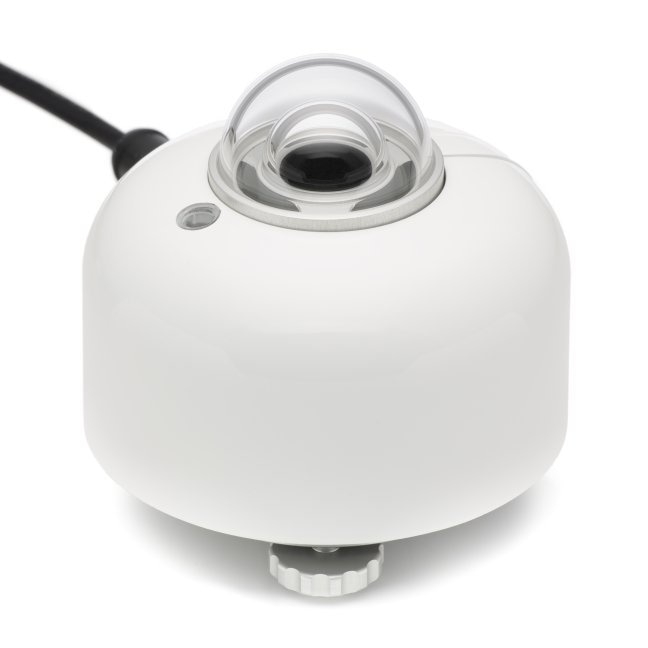
Image Credit: Hukseflux Thermal Sensors B.V.
The SR30 pyranometer is specifically designed to measure solar radiation received by a plane surface in W/m², it boasts a wide 180° field of view angle.
Recognized as an ISO 9060 spectrally flat Class A pyranometer (formerly referred to as a "secondary standard"), the SR30 is deployed in applications demanding unparalleled measurement accuracy/ where the highest measurement accuracy is needed.
Moreover, the SR30 boasts multiple advantages over rival pyranometers. View the specifcations list below for all details.
Specifications
Source: Hukseflux Thermal Sensors B.V.
| . |
. |
| Measurand |
hemispherical solar radiation |
| ISO 9060:2018 classification |
spectrally flat Class A pyranometer |
| ISO 9060:1990 classification |
secondary standard pyranometer |
| IEC 61724-1:2021 compliance |
meets Class A PV monitoring system requirements |
| Application |
National Meteorological Networks, PV monitoring commercial and utility scale, meteorology / climatology, other |
| Heater |
with RVH™ Recirculating Ventilation and Heating |
| Output |
Modbus RS-485 |
| WMO performance level |
high quality pyranometer |
| Calibration uncertainty |
< 1.2 % (k = 2) |
| Measurand |
sensor tilt angle |
| Tilt measurement uncertainty |
± 1 ° (0 to 90 °) |
| Heating |
included |
| Ventilation |
Included |
| Technology employed |
Recirculating Ventilation and Heating (RVH™) |
| Standard operating mode |
heated and ventilated |
| Power consumption |
< 3 W at 12 VDC |
| Zero offset a |
< 2 W/m² |
| Calibration traceability |
to WRR |
| Calibration registers |
accessible to users |
| Spectral range |
285 to 3000) x 10⁻⁹ m |
| Rated operating temperature range |
-40 to +80 °C |
| Temperature response |
< ± 0.4 % (-30 to +50 °C) |
| Temperature response test of individual instrument |
report included |
| Directional response test of individual instrument |
report included to 95 ° |
| Tilt sensor test of individual instrument |
report included |
| Standard cable length |
5 m |
| Rated operating voltage |
8 to 30 VDC range |
| Optional operation in low power mode |
: |
| Operating condition |
heater and ventilator [OFF] in low power mode |
| Zero offset a |
5 W/m² (unventilated) in low power mode |
| Power consumption |
< 0.1 W at 12 VDC in low power mode |
| Digital output |
: |
| Output |
irradiance in W/m², instrument body temperature in °C, tilt angle in °, internal humidity in % and ventilator speed in RPM |
| Communication protocol |
Modbus |
| Transmission mode |
RTU |
| Hardware interface |
2-wire (half duplex) RS-485 |
| Version order codes |
SR30-M2-D1, SR30-M2-D1-LM01, SR30-M2-D1-TLM01 |
Options
- Spring-loaded leveling mount
- Tube levelling mount with a set of bolts
- Extended cable options available in 10 and 20 m
Description
Heated Pyranometer for High Data Availability, Featuring RVH™ Technology
Optimal data availability is achieved through the innovative use of Recirculating Ventilation and Heating (RVH™) technology. Developed by Hukseflux, this system employs ventilation between the inner and outer dome, effectively heating the outer dome to prevent dew and frost deposition.
RVH™ technology ensures data accuracy that is comparable to traditional ventilation systems, all while eliminating maintenance challenges and the need for extensive installation space.
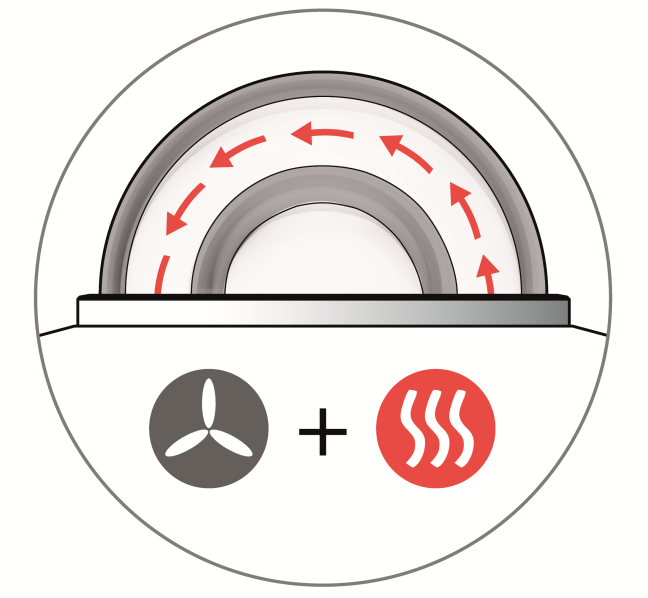
Image Credit: Hukseflux Thermal Sensors B.V.
The SR30 pyranometer's dome is heated by ventilating the space between the inner and outer domes. RVH™ proves significantly more efficient than conventional ventilation, which tends to dissipate most of the heat through the ventilation air.
Recirculating ventilation is equally effective in preventing dew and frost buildup, using less than 3 W compared to the 10 W of traditional ventilation. Furthermore, RVH™ technology results in reduced zero offsets.
Compliant with IEC 61724-1:2021 Class A
The SR30 is the first pyranometer that meets the IEC 61724-1:2021 Class A requirements without requiring additional accessories. It comes with built-in heating to prevent dew and frost formation and offers two heating modes: normal (< 3 W) and medium (< 0.65 W) power.
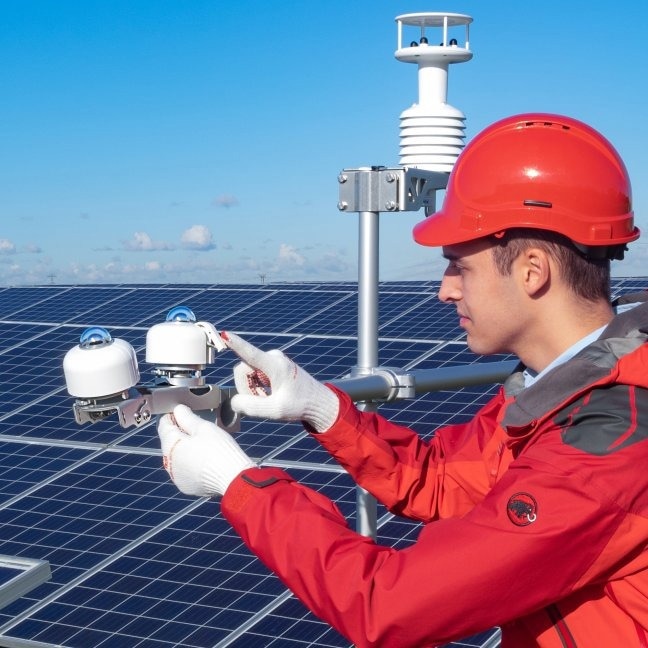
Image Credit: Hukseflux Thermal Sensors B.V.
Remote Sensor Diagnostics
In addition to solar irradiance measurements, the SR30 provides valuable sensor diagnostics, including:
- Tilt angle
- Internal humidity levels
- Internal ventilator speed (RPM)
- Heater current
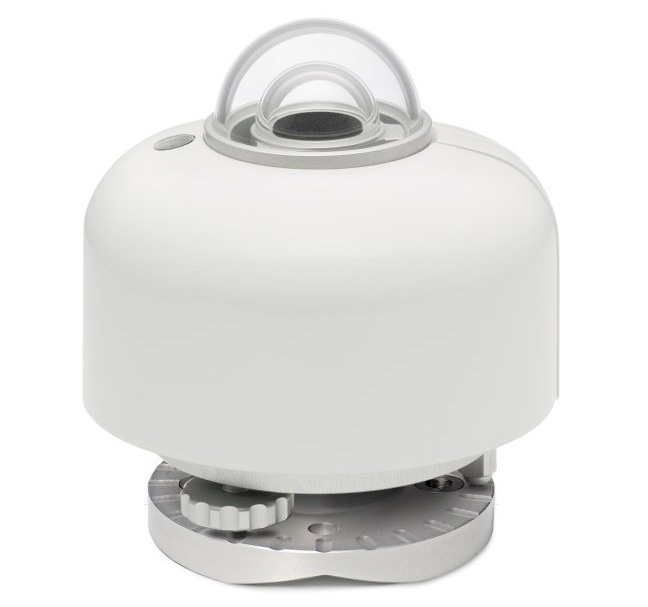
Image Credit: Hukseflux Thermal Sensors B.V.
Remote diagnostics enable real-time monitoring of the instrument's status, decreasing the necessity for scheduled and unscheduled field inspections.
Tilt Angle Measurement Included
SR30 includes a tilt sensor, making it ideal for remote instrument checks or monitoring PV systems with solar trackers. The sensor ensures high accuracy, measuring within 1˚, and is rigorously tested and temperature compensated between -30 °C and +50 °C. Notably, the SR30-M2-D1 pyranometer features enhanced electronics compared to its predecessor, the SR30-D1.
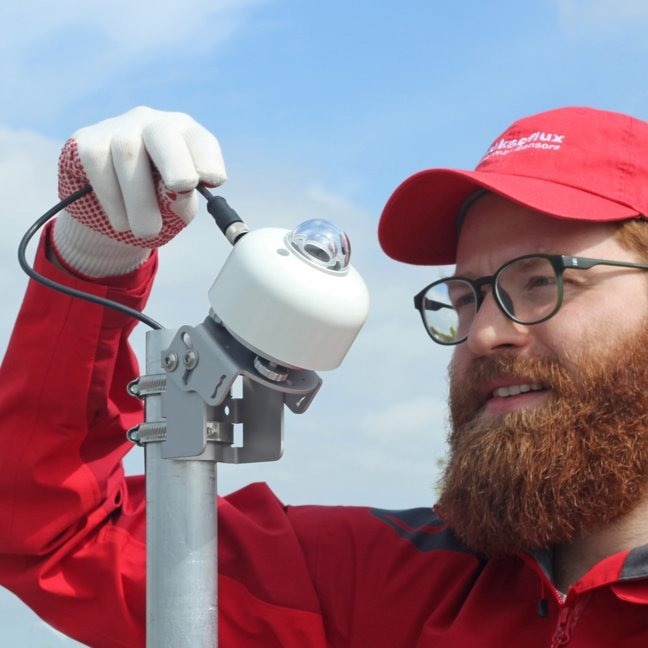
Image Credit: Hukseflux Thermal Sensors B.V.
Spectrally Flat Pyranometer as Required for Meteorology and PV Monitoring
The latest revision of ISO 9060:2018 introduces three pyranometer classes: A, B, and C. Additionally, it introduces a new subclass known as "spectrally flat." The majority of users typically require instruments from the spectrally flat subclass, because these are the only instruments capable of providing high-precision measurements even when conditions are challenging.

Image Credit: Hukseflux Thermal Sensors B.V.
These situations arise when measuring Global Horizontal Irradiance (GHI) under partly or fully cloudy skies or when measuring Plane of Array (POA), albedo, or net-radiation. Conventional instruments, classified as A, B, or C but lacking spectral flatness, are only able to provide accurate measurements under clear sunny conditions.
New Sensor Manager Software
Hukseflux Sensor Manager software serves as a user-friendly interface facilitating communication between a PC and digital Hukseflux pyranometers and pyrheliometers equipped with a Modbus interface.
This software empowers users to discover, set up, and evaluate single or multiple sensors and conduct basic measurements via a PC. The updated v2021 edition of the Sensor Manager supersedes earlier versions like v1817 and the v1920 beta release. It is recommended to always use the latest version of the software to ensure optimal performance.
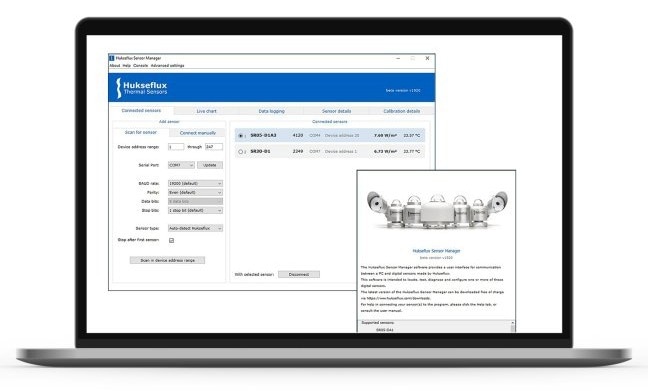
Image Credit: Hukseflux Thermal Sensors B.V.
Pyranometer SR30 | Market leading in PV monitoring
Video Credit: Hukseflux Thermal Sensors B.V.
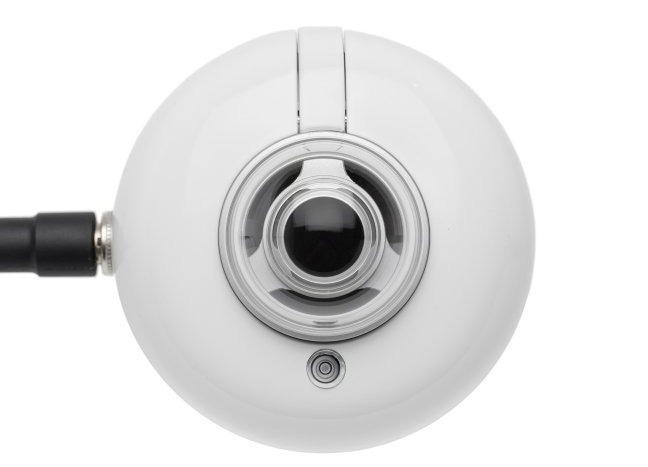
Image Credit: Hukseflux Thermal Sensors B.V.
Application of This Instrument
Suggested Use
- Scientific meteorological observations
- Monitoring of PV system performance